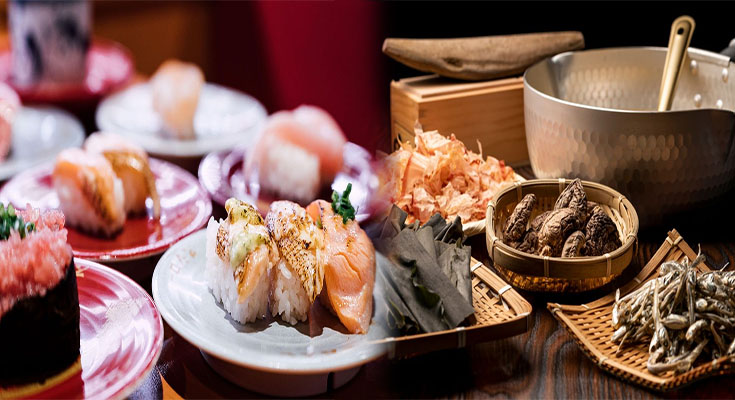Japan is renowned for its rich culinary heritage and diverse gastronomic delights that continue to captivate food enthusiasts from around the world. Exploring the authentic flavors of Japanese cuisine goes beyond the conventional sushi and ramen, and embracing the local culinary traditions is an essential part of any Japan travel experience. Here are some top travel tips for experiencing Japanese cuisine authentically:
1. Venture Into Izakayas and Local Eateries:
When in Japan, seek out izakayas, traditional Japanese pubs that serve a wide range of small, flavorful dishes accompanied by a variety of drinks. These casual and lively establishments offer an authentic glimpse into Japanese dining culture and provide an opportunity to savor a diverse array of dishes beyond the usual restaurant fare.
2. Embrace the Art of Kaiseki Dining:
For a truly immersive culinary experience, indulge in kaiseki, a multi-course meal that showcases the exquisite artistry of Japanese cuisine. Kaiseki emphasizes seasonality, presentation, and balance, and dining at a kaiseki restaurant allows you to savor meticulously prepared dishes that reflect Japan’s culinary heritage.
3. Participate in a Cooking Class:
Gain insights into the intricacies of Japanese cooking by participating in a culinary class led by local chefs. Whether it’s mastering the art of sushi-making, learning to prepare traditional bento boxes, or understanding the nuances of Japanese tea ceremonies, a cooking class provides a hands-on experience that deepens your appreciation for Japanese cuisine.
4. Explore Local Food Markets:
Immerse yourself in the vibrant tapestry of Japanese food culture by visiting local markets such as Tsukiji Market in Tokyo or Nishiki Market in Kyoto. These bustling markets offer an eclectic array of fresh produce, street food, and regional specialties, providing an opportunity to taste a diverse range of authentic Japanese flavors.
5. Engage in Culinary Tourism:
Consider participating in culinary tours and food-centric experiences that take you off the beaten path to discover hidden culinary gems. These tours often include visits to artisanal food producers, sake breweries, and family-owned establishments, allowing you to gain insights into the regional nuances of Japanese cuisine.
6. Respect Local Dining Customs and Etiquette:
Familiarize yourself with Japanese dining etiquette to ensure a respectful and enjoyable dining experience. For example, it is customary to express gratitude by saying “itadakimasu” before a meal and “gochisosama deshita” after finishing. Additionally, observing chopstick etiquette and removing shoes in traditional dining settings are essential cultural practices.
7. Sample Seasonal Delicacies:
Japan’s culinary landscape is deeply rooted in seasonal ingredients and traditions. Embrace the concept of “shun,” which emphasizes the enjoyment of ingredients at their peak seasonality. Whether it’s savoring freshly harvested seafood, indulging in cherry blossom-flavored treats in spring, or relishing hot pot dishes in winter, embracing seasonal delicacies enriches your culinary journey.
Experiencing authentic Japanese cuisine goes beyond mere consumption – it is a sensory exploration of tradition, craftsmanship, and cultural expression. By engaging in these travel tips, you can immerse yourself in the rich tapestry of Japanese culinary arts and create unforgettable memories that celebrate the diversity and complexity of Japan’s gastronomic heritage. Bon appétit, or as the Japanese say, “itadakimasu”!











